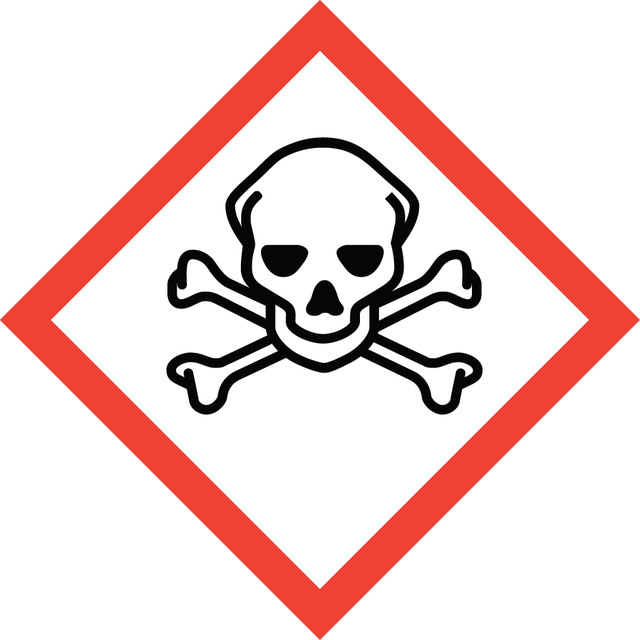M3142
Meperidine hydrochloride
Synonym(s):
1-Methyl-4-phenylpiperidine-4-carboxylic acid ethyl ester hydrochloride, Pethidine hydrochloride
Select a Size
About This Item
Quality Level
drug control
USDEA Schedule II; Home Office Schedule 2; stupéfiant (France); kontrollierte Droge in Deutschland; regulated under CDSA - not available from Sigma-Aldrich Canada; estupefaciente (Spain); Decreto Lei 15/93: Tabela IA (Portugal)
kontrollierte Droge in Deutschland
originator
Sanofi Aventis
SMILES string
Cl[H].CCOC(=O)C1(CCN(C)CC1)c2ccccc2
InChI
1S/C15H21NO2.ClH/c1-3-18-14(17)15(9-11-16(2)12-10-15)13-7-5-4-6-8-13;/h4-8H,3,9-12H2,1-2H3;1H
InChI key
WCNLCIJMFAJCPX-UHFFFAOYSA-N
Gene Information
human ... OPRM1(4988)
Looking for similar products? Visit Product Comparison Guide
Related Categories
Biochem/physiol Actions
Features and Benefits
Legal Information
Dieses Produkt fällt unter das Betäubungsmittelgesetz (BtMG). Für eine Bestellung dieses Produktes ist eine Erlaubnis nach § 3 BtMG zwingend erforderlich, es sei denn, es greift eine Ausnahme von der Erlaubnispflicht nach § 4 oder § 26 BtMG.
English
This product is subject to the German Narcotics Act. A permit under Section 3 of the German Narcotics Act is mandatory for ordering this product unless an exemption from the permit requirement under Section 4 or Section 26 of the German Narcotics Act applies.
Signal Word
Danger
Hazard Statements
Precautionary Statements
Hazard Classifications
Acute Tox. 3 Oral - STOT SE 3
Target Organs
Central nervous system
Storage Class Code
6.1C - Combustible acute toxic Cat.3 / toxic compounds or compounds which causing chronic effects
WGK
WGK 3
Flash Point(F)
Not applicable
Flash Point(C)
Not applicable
Personal Protective Equipment
Choose from one of the most recent versions:
Already Own This Product?
Find documentation for the products that you have recently purchased in the Document Library.
Related Content
Our team of scientists has experience in all areas of research including Life Science, Material Science, Chemical Synthesis, Chromatography, Analytical and many others.
Contact Technical Service